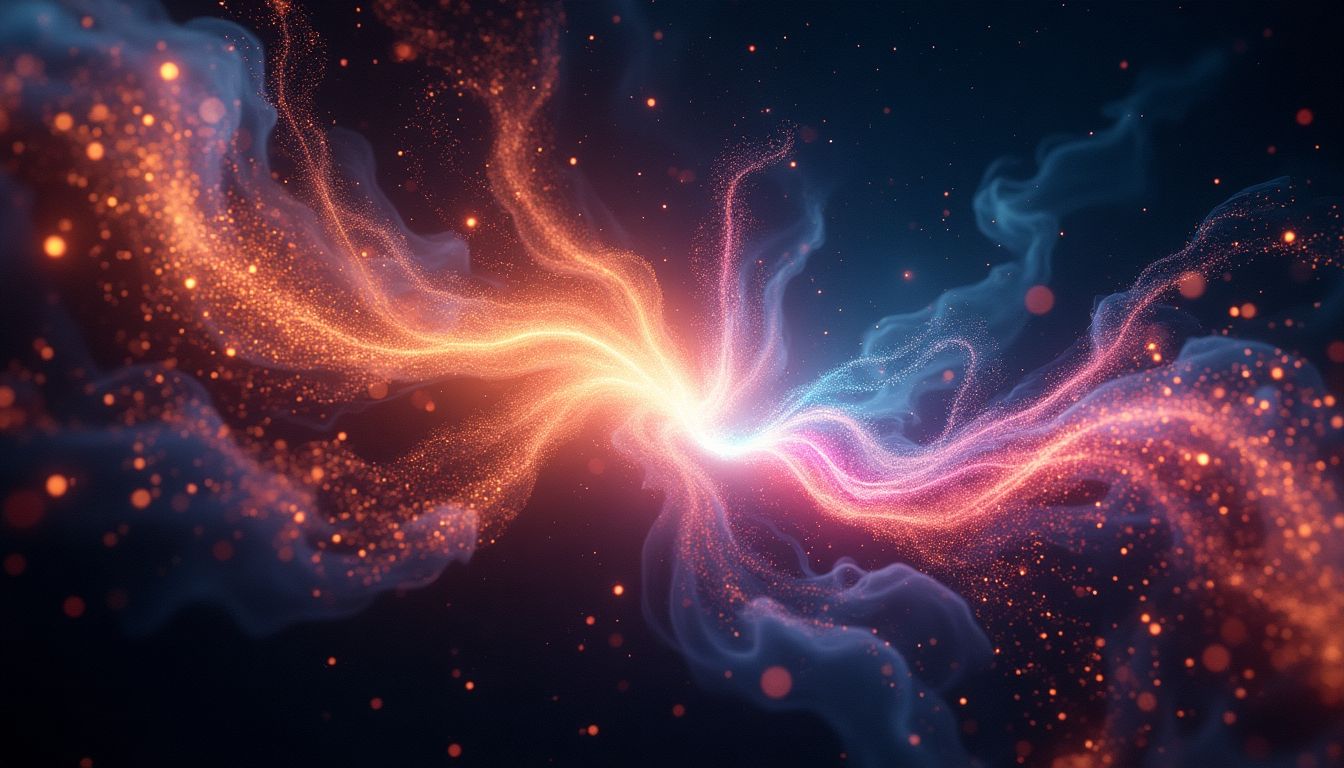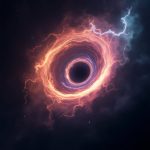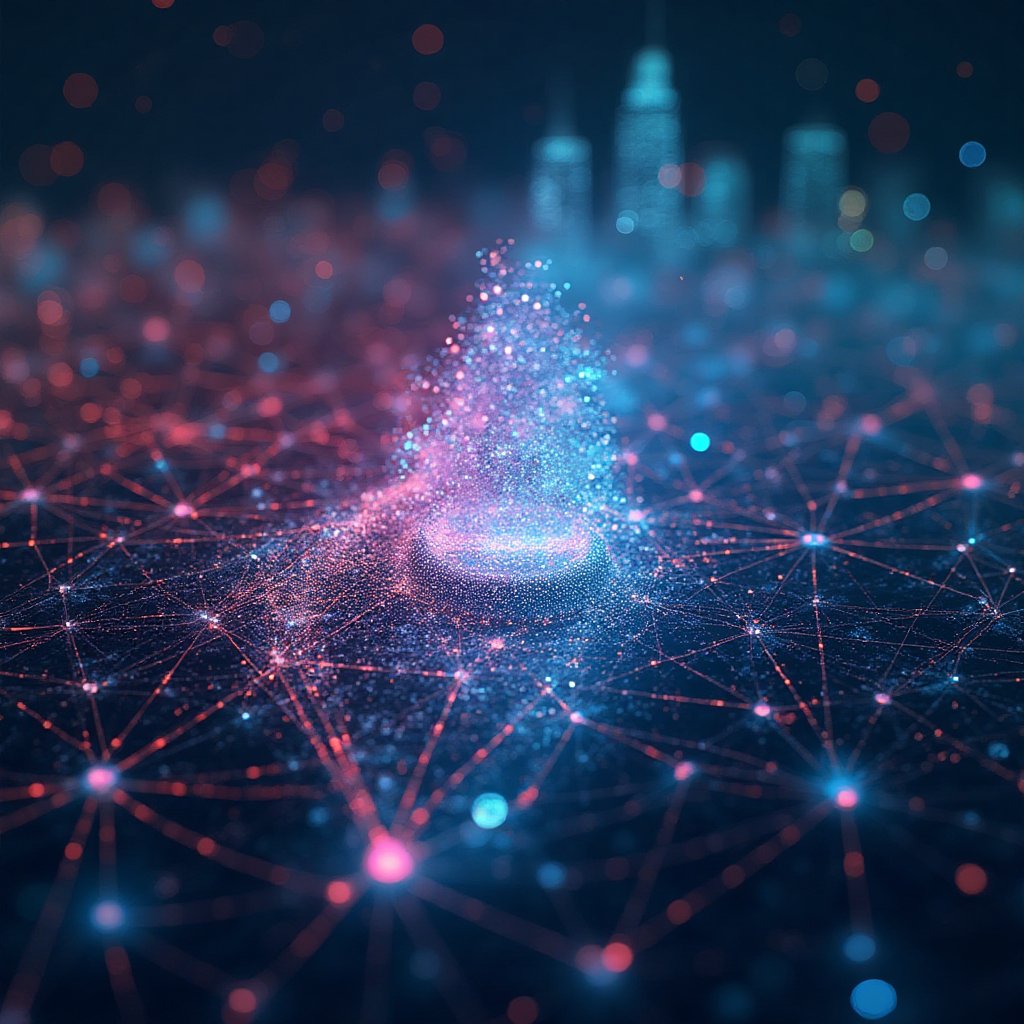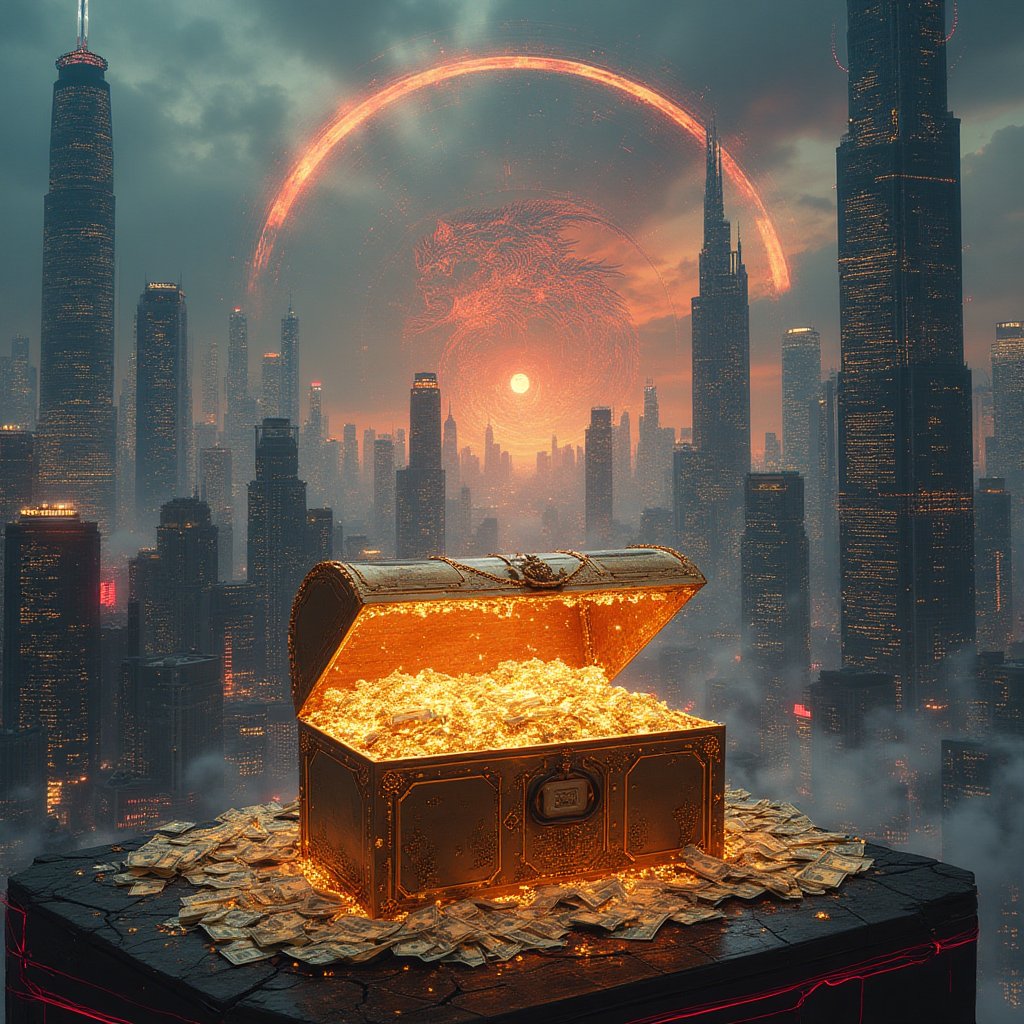Hey, curious minds! iNthacity.com here, your go-to source for exploring the wonders of technology and science. Today, we're diving headfirst into the mind-blowing world of particle physics to uncover how the folks at CERN have managed to pull off the impossible – recreating the universe’s very first moments in a lab. Yes, you heard it right! We're talking about recreating the Big Bang, minus the bangs and plus a lot of bright-eyed scientists.
The Cosmic Soup: A Time Long, Long Ago...
Around a millionth of a second after the Big Bang, the universe wasn't the friendly place we know today. Instead, it was a bizarre soup of subatomic particles and blinding energies. This dish of matter was hotter than anything we've ever experienced since – a literal furnace with temperatures in the trillions of degrees. And this delectable dish of mayhem hasn’t existed for 13.8 billion years. So naturally, scientists at CERN decided to whip it up once again in their lab.
CERN: The Epicenter of Discovery
CERN, located in Switzerland, is the world's largest particle physics laboratory. Their main attraction? The Large Hadron Collider (LHC), a colossal ring 16 miles long that accelerates particles to nearly the speed of light before crashing them together. This experiment is less about entertainment and more about unlocking the secrets of the cosmos.
Rewriting the Past with ALICE
At the heart of this grand spectacle is ALICE, which stands for A Large Ion Collider Experiment. ALICE's job is to smash particles and recreate the insane conditions of the early universe. Why? Because the universe is one big mystery novel, and CERN is working hard to piece it together from the cosmic footnotes.
Seeing Without Seeing: The Challenge of Cosmic Forensics
Studying the universe's early moments is a bit like trying to read an entire novel through the author's eyes closed. The problem? The universe was completely opaque back then. Any light bouncing around in that early universe was as trapped. But despite not being able to "see" these moments, cosmologists are pretty darn sure they were extremely hot. This mysterious era was not just dense but mind-bogglingly complex.
Big Bang Recreation: A Chefs-D'œuvre in Cosmic Cooking
To crack open these cosmic secrets, CERN scientists do more than crunch equations on their trusty chalkboards. They need the LHC's jaw-dropping power to slam together massive ions like lead and gold and create temperatures not just higher than the sun’s core, but 100,000 times hotter than any star. At these extremes, even particles as tough as protons and neutrons cannot stand the heat and melt into quarks and gluons – the unappetizing ingredients of our universe's primordial stew.
The Surprise in the Soup: Liquids, Not Gases
You'd think such extreme conditions would be chaotic enough to cause this soup to behave like unruly gases. But surprise! In a twist nobody saw coming, the quark-gluon plasma behaves like a nearly perfect frictionless liquid. Yes, it's smoother than a silk sheet on a friction-free bed. This unexpected discovery completely upended physicists' expectations and made them rethink the very essence of the universe. Learn more about this exotic state of matter here.
From Elementary Particles to Celestial Overachievers
Retracing the steps from this soup leads to the birth of protons and neutrons that eventually formed atoms, giving rise to stars, galaxies, planets, and yes, even us. By studying quark-gluon plasma, physicists are piecing together ancient cosmic puzzles to understand where it all began. What connects you, your smartphone, and that stray cat’s Instagram feed back to this explosive origin? This thrilling quest is literally rewriting the history of everything.
Tune in and Turn on: CERN's Cosmic Insights
So how about that – we've talked about a pioneering project that not only challenges our understanding of the universe but slaps traditional physics in the face, daring it to do better. All made possible by modern-day magicians in sci-fi worthy settings. The collecting and understanding of that data rely on astronomical amounts of information – over a million terabytes to be exact – all to help us unearth the secrets tied into every whisper of cosmic history. Check behind CERN's magic right here.
The Universe Unlocked: Join the Discussion!
It's been quite a ride, hasn't it? From diving into the cosmic blender to sipping theoretical tea with quarks and ingenuity, this endeavor at CERN shows us that sometimes the biggest questions can be tackled with the tiniest particles. But what’s next in our cosmic journey? How do you think these discoveries might lead to new technologies, and what could this mean for our understanding of life itself? Share your thoughts in the comments below. We'd love to have you join the lively curiosity community over at iNthacity: the "Shining City on the Web", where the fascination never ends. Like, share, debate, and comment – let's keep the universe spinning with questions and discoveries!
Wait! There's more...check out our gripping short story that continues the journey: The Sky Splits Open
Disclaimer: This article may contain affiliate links. If you click on these links and make a purchase, we may receive a commission at no additional cost to you. Our recommendations and reviews are always independent and objective, aiming to provide you with the best information and resources.
Get Exclusive Stories, Photos, Art & Offers - Subscribe Today!

























Post Comment
You must be logged in to post a comment.